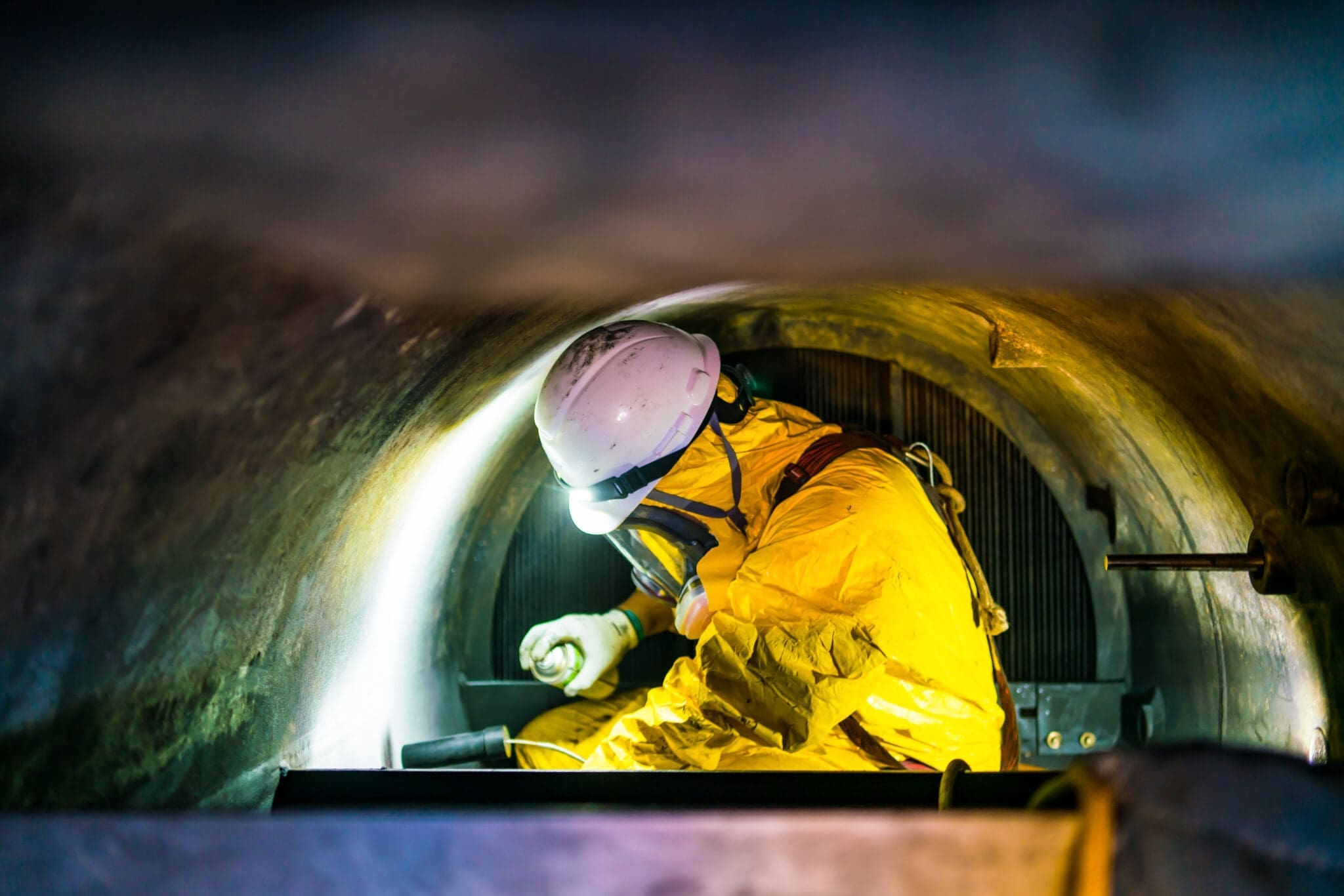Sweden, once regarded as a leader in workplace safety in Scandinavia, has been grappling with a series of high-profile accidents in the construction and energy sectors, casting a dark shadow over the end of 2023.
The incidents have prompted national concerns and ignited discussions about the need for more stringent safety measures and regulations. Johan Lindholm, the head of the Swedish Construction Workers’ Union, went so far as to dub 2023 as one of the darkest years in recent memory.
Sweden’s 2023 workplace fatality rate is in stark contrast to Norway where there has been a steady improvement in workplace safety since 1976 and an average of 8 workplace deaths per annum since 2013*. This is widely attributed to the introduction of Norway’s Working Environment Law and assisted by the Norwegian construction sector’s focus on health, safety and environmental factors driven by The Norwegian Construction Industry Association (BNL).
*Source: Arbeidstilsynet, Kompass Tema nr. 4 2023 16.11.23
During the decade from 2011 to 2020, there was a consistent decrease in fatal workplace accidents in Sweden. However, the trend has reversed in recent years. Between January and September 2023, there were an average of 2-3 workplace deaths per month in the Swedish construction industry. Then, in December, Sweden experienced three significant construction-related incidents, causing widespread concern.
On 11 December, a construction site elevator crashed to the ground in Sundbyberg, Stockholm, resulting in the tragic deaths of five individuals. The incident prompted the Swedish National Accident Commission to launch an investigation into potential “work environment violations causing the death of another.” Then, on December 14, a man in his 60s employed lost his life in an accident involving a crane at a battery factory in Skellefteå. A day later, a 25-year-old succumbed to severe burns that had been sustained in an explosion on a production line in early November.
The wave of accidents have raised questions about the safety standards within high-risk workplaces, with labour unions, industry leaders, and government officials calling for immediate action. Johan Lindholm expressed his deep concern over the deteriorating safety record and emphasized the need for a comprehensive review of safety protocols.
In response to the tragedies, the Swedish National Accident Commission has launched investigations to determine the root causes of these incidents and identify potential violations of workplace safety regulations. The findings of these investigations are expected to shed light on whether there were systemic issues contributing to the accidents and if regulatory measures need to be revised or strengthened.
As Sweden grapples with the aftermath of these workplace tragedies, there is a growing realization that renewed efforts are needed to enhance safety standards across all industries. The incidents have not only claimed lives but have also ignited a renewed commitment to scrutinizing and reinforcing workplace safety regulations. The year 2023 serves as a stark reminder of the fragility of workplace safety, urging stakeholders to come together to prevent such tragedies and ensure that every worker returns home safely.
Whilst the recent focus on ESG has seen many companies concentrate on human rights and environmental issues associated with their businesses and their supply chains, it’s important that companies continue to recognise the importance of adequate workplace safety. The Norwegian Transparency Act (Apenhetsloven) and the EU’s proposed Corporate Sustainability Due Diligence Directive (CSDDD) both directly reference requirements for ensuring supply chains adhere to the International Labour Organisation Fundamental Conventions. Under the eleven instruments, two specifically address health and safety (No. 155, Occupational Safety and Health Convention and No. 187, Promotional Framework for Occupational Safety and Health Convention).


